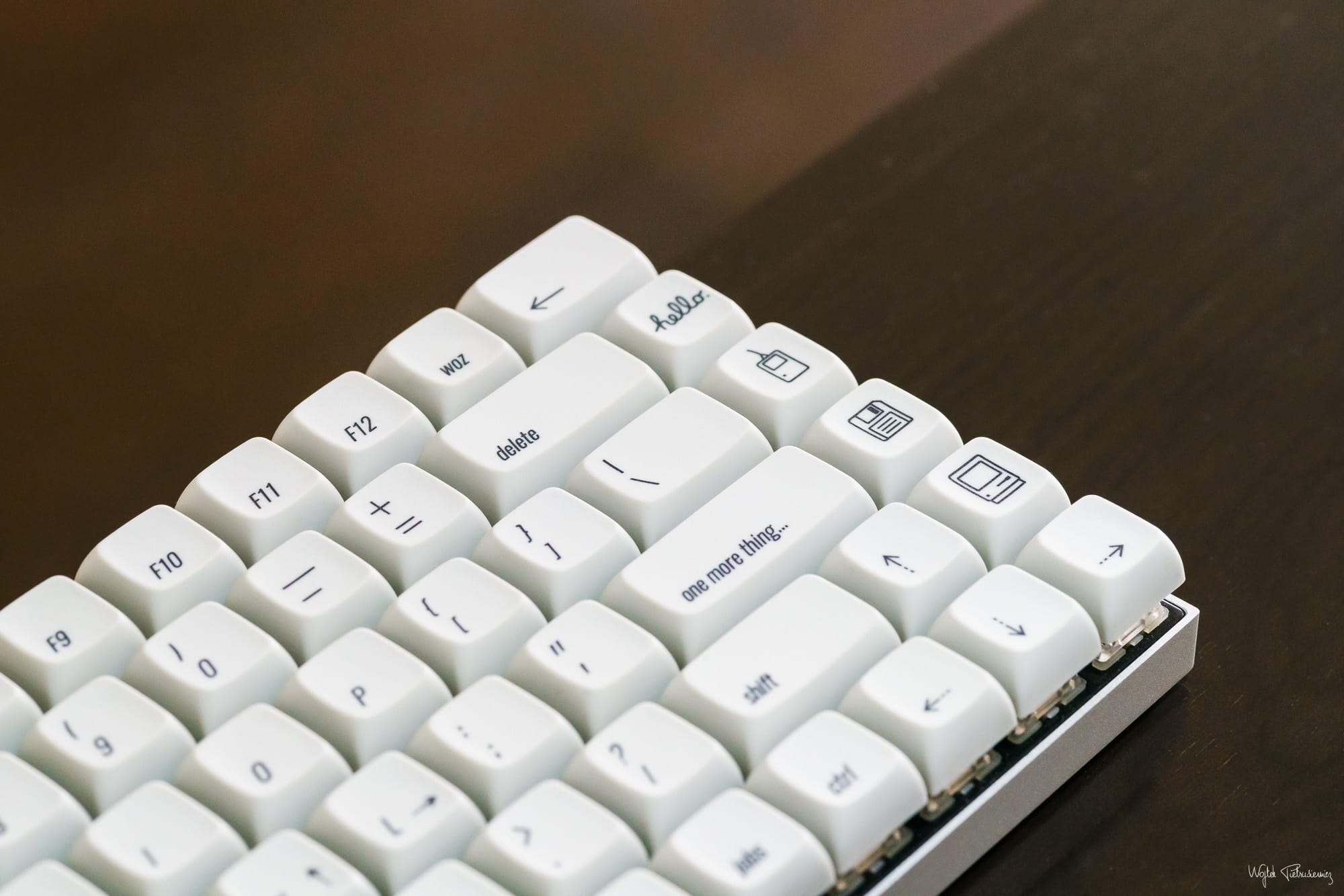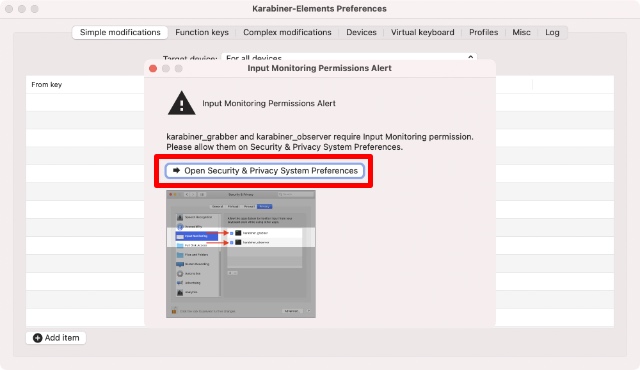


Construction and use of the NewerTech wireless keypad

Nothing more clearly labels Sibelius as a child of the 1990s than its dependence on the numeric keypad.” Indeed, with Dorico eschewing the numeric keypad, this prophecy is somewhat fulfilled, but for Sibelius and Finale, their efficient use relies heavily upon the numeric keypad. Sibelius expert user Robin Walker on this blog said in 2014 that the keypad is “an object which is by now almost extinct. Like in many other areas (floppy drives, CDs), perhaps Apple was foreseeing the future ahead of everyone else, although they later did add a wireless full-size keyboard to their offerings: the Magic Keyboard at a less than magical price of $129. Anyone hoping for an official Apple wireless version with a numeric keypad was out of luck. When Apple revamped its line of computer keyboards in 2007, the sleek aluminum devices came in two versions: a wired, full size model that included the numeric keyboard, and a more popular (and pricier) wireless, compact model that omitted it. That particular section of a modern computer keyboard can actually trace its lineage, and layout, back the Sustrand adding machine in 1914. Of course, typewriters typically had a row of numbers across the top, but nothing that would resemble a calculator-style numeric keypad. Interestingly, the computer keyboard, that mainstay of desktop inputting, can trace its roots back to the invention of the typewriter - right around the same time that the telephone was invented. With all of the hype about Apple’s newest iPhone and Apple Watch, one could easily forget that phones and watches have lineages dating back centuries.


 0 kommentar(er)
0 kommentar(er)
